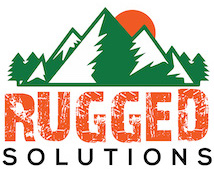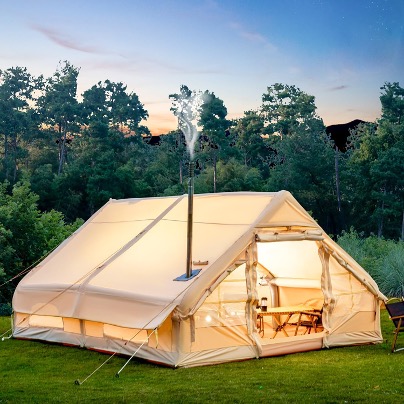Camping Knife Guide for 2024: Durability Meets Functionality
Looking for the ideal camping knife for your outdoor excursions? It’s about balancing toughness, functionality, and handling. This article cuts through the clutter to introduce you to the top camping knives of 2024—each curated for their ability to deliver when it matters most. We’ll explore what sets them apart without overwhelming you with jargon, helping you find a knife that aligns with your outdoor routines.
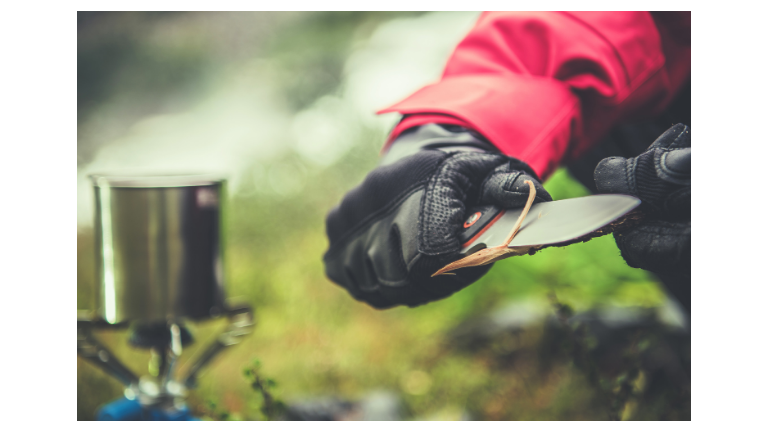
Key Takeaways
2024 offers a wide range of camping knives to suit various outdoor needs, including survival knives like the ESEE-5, versatile folding knives such as the Spyderco Paramilitary 2, and budget-friendly options like the Cold Steel SRK that balance affordability with performance.
When selecting a camping knife, it’s crucial to consider factors such as blade design and material, handle comfort and grip, as well as additional features and accessories that can enhance the knife’s utility and align with the user’s specific requirements.
Proper care and maintenance, including cleaning, sharpening, and blade protection, are essential to securing the longevity and reliability of your camping knife, along with understanding and adhering to local knife laws and observing safe knife handling practices to ensure both personal safety and legal compliance.
Top Camping Knife Picks for 2024

In the realm of camping gear, the knife you choose is as personal as your camping style. It’s a reflection of your outdoor ethos, whether you’re a minimalist backpacker or a gear-laden survivalist. This year’s top picks cater to a spectrum of preferences. From hefty fixed blades capable of tougher bushcraft tasks to lightweight pocket knives that keep you nimble, 2024’s best camping knives are a blend of traditional craftsmanship and modern innovation.
Now, we’ll examine the exceptional choices that have received high praise from outdoor enthusiasts and survival experts.
Ultimate Survival Knife: ESEE-5
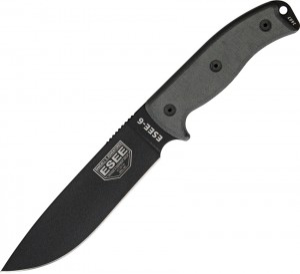
The ESEE-5 is the quintessential survival knife, synonymous with resilience in the face of adversity. Designed for the direst of survival situations, it boasts:
Full-tang construction, a hallmark of true fortitude
Thick blade made from 1095 carbon steel—a material celebrated for its toughness
Serrated edge for tackling a myriad of challenges, from slicing cords to splitting wood
However, while it excels in activities like cutting ropes, it may not be the first choice for finer, more precise tasks such as carving.
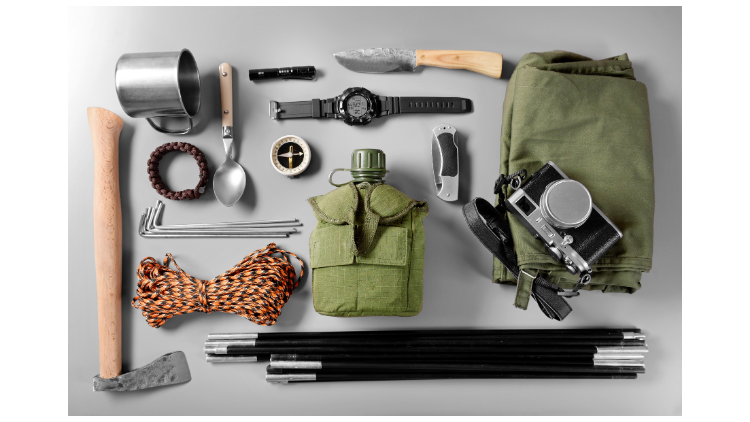
The ESEE-5’s hefty presence doesn’t falter when it comes to handling heavy bushcraft or tactical needs. Its full-tang blade steel runs the entire length of the knife, ensuring durability and a balanced feel in hand. The accompanying kydex sheath, a favorite among outdoor aficionados, provides a secure and accessible means of carrying this survival tool into the wild.
Not only is this outdoor knife built for survival, but it also comes into its own when used by those who dare to tread off the beaten path.
Best Folding Companion: Spyderco Paramilitary 2
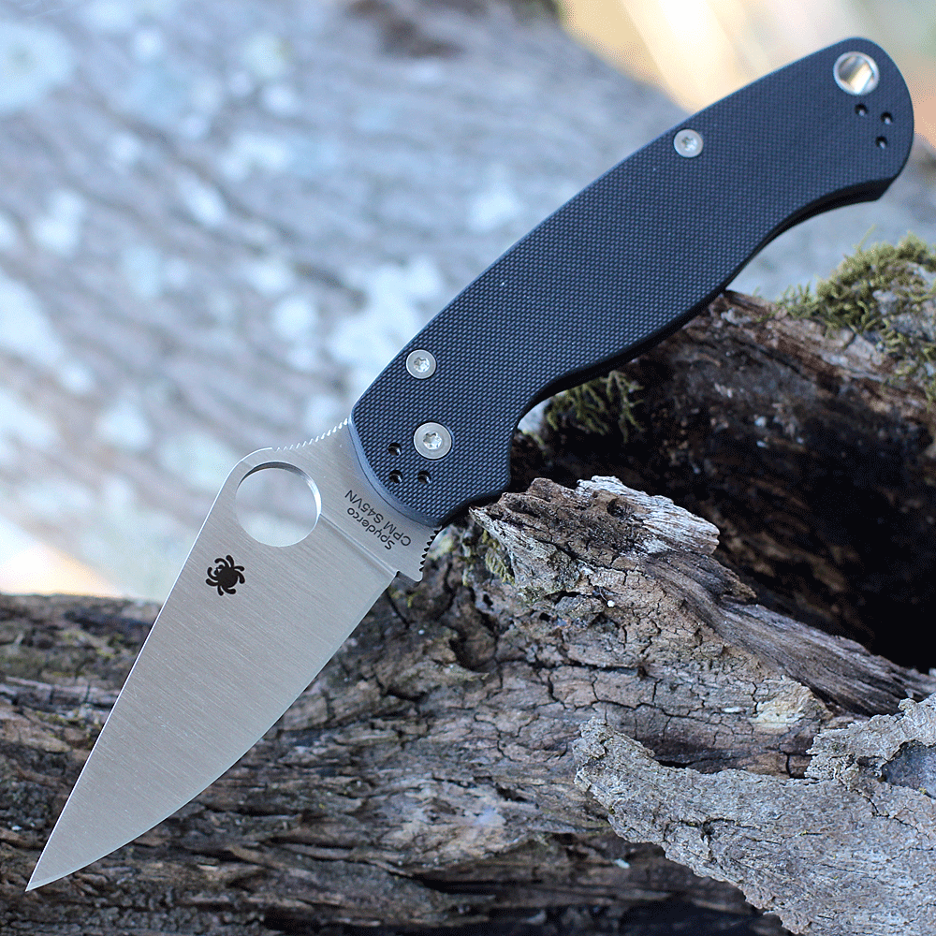
When it comes to a reliable folding companion, the Spyderco Paramilitary 2 is a cut above. Its features include:
Stainless steel blade, a 3.4-inch marvel of S30V steel, precision ground to a flat profile for a sharp edge and excellent cutting performance
Ergonomic handle that allows for a firm yet comfortable grip
Superb choice for an everyday carry knife
This knife isn’t just a pocket knife; it’s a statement of quality.
What truly sets the Paramilitary 2 apart is its versatility in carry options. With a total length of just over 8 inches, this knife is a mid-sized marvel suited for a range of tasks, and it’s complemented by a 4-way adjustable pocket clip that caters to your preferred style of carry. Whether you’re left-handed or right-handed, prefer your knife open for quick access or discreetly tucked away, the Paramilitary 2 adapts to your needs.
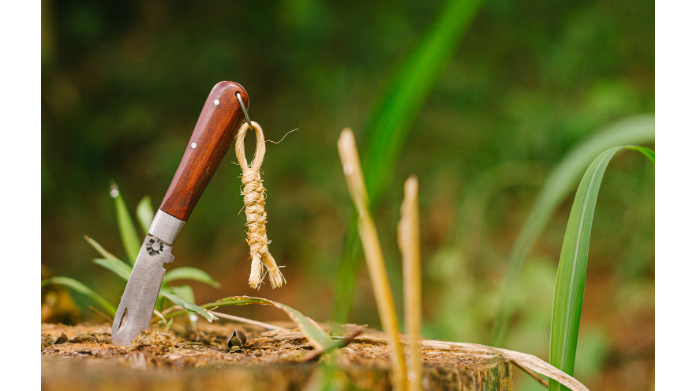
At around $120, it represents an investment in a folding knife that is both tactical and practical, with enough style variations to match your personal aesthetics.
Superior Bushcraft Choice: TOPS B.O.B. Fieldcraft Knife
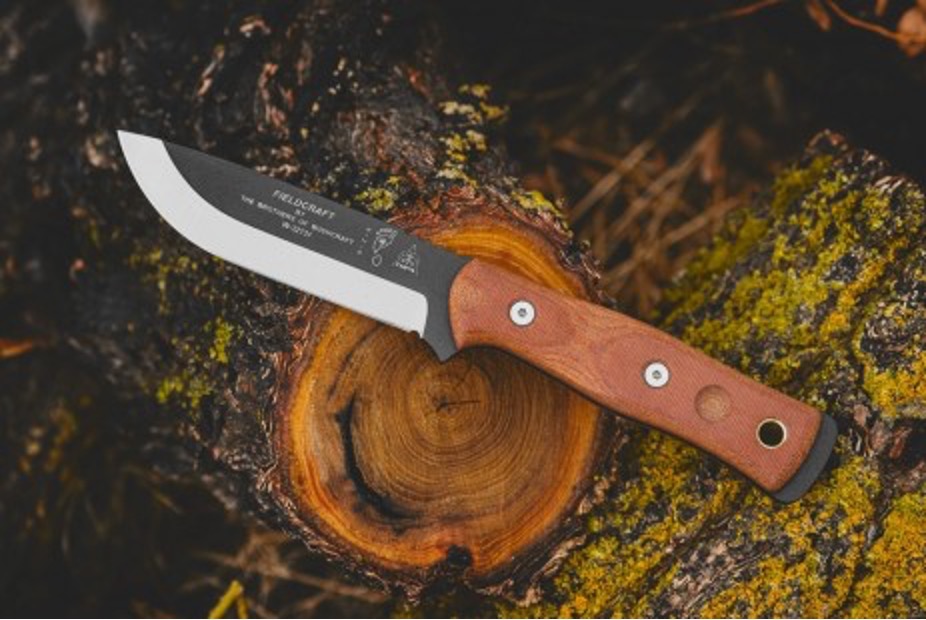
For those who embrace the bushcraft ethos, the TOPS B.O.B. Fieldcraft Knife is a top-tier contender. Its features include:
Robust design
Compact size
Equally adept at handling heavy bushcraft tasks and finer details like spoon carving
Sharp blade right out of the sheath
Suitable for tasks such as shelter building and game processing
It stands ready to accompany you through all your outdoor adventures.
The TOPS B.O.B. Fieldcraft Knife offers:
A handle crafted from canvas micarta, giving a secure grip even in wet conditions
Superior bushcraft capabilities
Strength and versatility needed to tackle the wilderness head-on
Comparable capabilities to the ESEE-5, despite being slightly smaller
This knife is a testament to the TOPS brand’s commitment to quality and proves that size isn’t always indicative of strength when it comes to the best survival knives.
Budget-Friendly Option: Cold Steel SRK
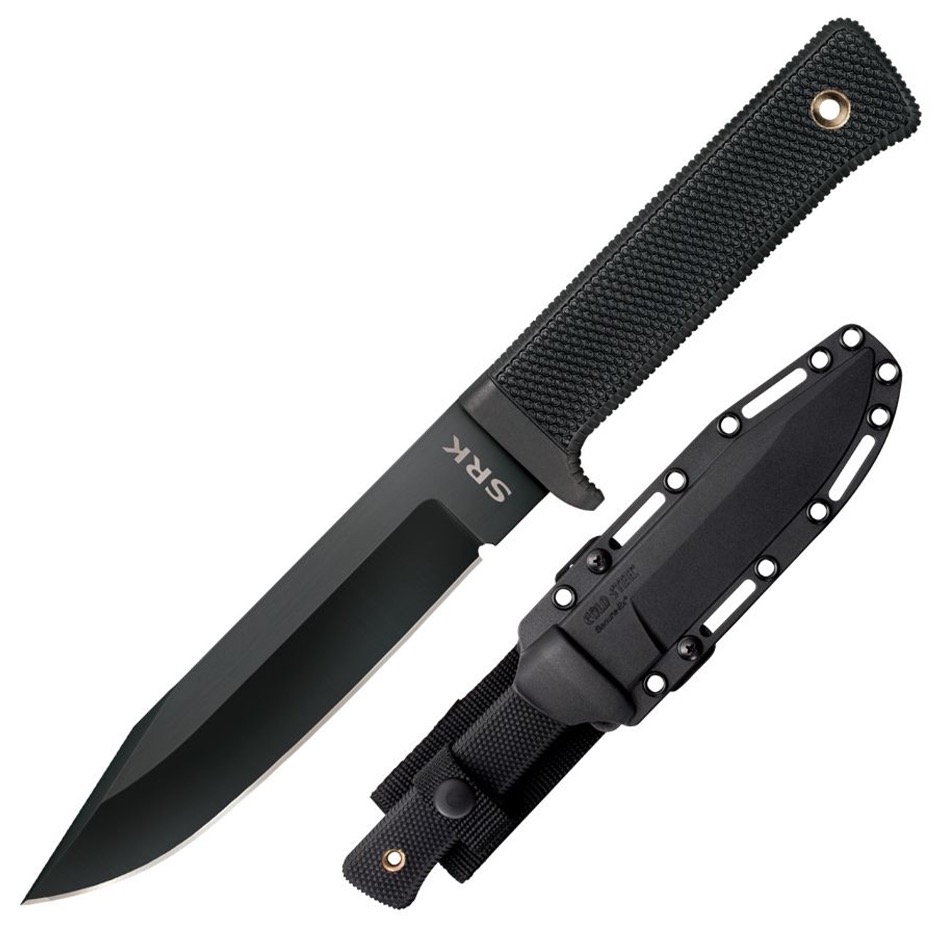
For the frugal outdoor enthusiast, the Cold Steel SRK offers:
A high-carbon stainless steel blade that strikes an ideal balance between sharpness, strength, and corrosion resistance
Quality that doesn’t come with a hefty price tag
A knife that understands the economic constraints of camping gear without compromising on performance
Comfort is not sacrificed for cost with the Cold Steel SRK; its Kraton handle ensures a good grip and reduces hand fatigue, making it a joy to use even during prolonged activities. Whether you’re engaged in food preparation or the creation of a fire starting pit, this knife remains a steadfast ally. Its versatility and affordability make it a prime choice for campers who want a reliable knife without breaking the bank.
Factors to Consider When Choosing a Camping Knife

Selecting a camping knife is not a decision to be taken lightly. A knife can be a lifeline in the wilderness, an indispensable part of your gear for cooking, emergency situations, and various other tasks. When you’re faced with the myriad of options available, it’s crucial to consider factors like blade design, handle comfort, and additional features that elevate a mere blade to a multi-tool capable of conquering the challenges of the great outdoors.
Now, we’ll discuss the pivotal aspects that should guide your decision, helping you choose a knife that mirrors your own reliability and versatility.
Blade Design
Blade design is the heart of a camping knife’s functionality. There are several types of blade designs to choose from, each with its own advantages and uses, including fixed blade knives:
Drop-point blades: These knife blade designs, also known as drop-point blade, have thick points and are the workhorses of the knife world. They offer strength and versatility for a range of tasks, from batoning wood to preparing small logs for the fire.
Clip-point blades: These blades have a sharp, thin tip that excels in precision tasks. However, they might not withstand the same level of abuse as drop-point blades.
Tanto blades: These blades have a robust angular tip that’s unmatched in prying and piercing through tough materials. They are ideal for heavy-duty tasks.
Consider your specific needs and preferences when choosing a camping knife with the right blade design for you.
When considering blade design, it’s not just about the shape—the blade material, edge retention, and overall length are critical factors. Here are some key considerations:
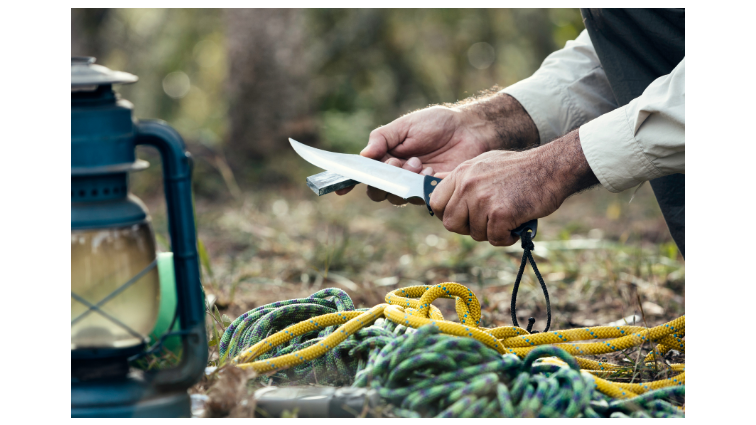
Stainless steel blades offer corrosion resistance
High-carbon steel holds a good edge but may require more maintenance
The blade length should be chosen based on the intended use—a small blade for everyday carry or a heavier knife for tougher bushcraft tasks
A well-designed blade will have a factory edge that’s consistently sharp and easy to maintain, offering the perfect trade-offs for your specific camping style.
Handle Comfort and Grip
An ergonomic handle is essential for a knife that feels like an extension of your hand. Comfortable and secure knife handling can mean the difference between a job well done and a frustrating experience. Handle materials play a significant role in this, with options like wood for aesthetics, rubber for a good grip, and metal for durability. The handle length should allow for a full-fingered grip, and features such as contours and texturing can provide better control and reduce the chances of slippage, especially in damp or challenging conditions.
The grip of the knife is not just a matter of comfort; it’s a safety concern as well. A well-designed handle with non-aggressive texturing and an adequate grip ensures that the knife won’t slip during use, reducing the risk of accidents. It’s imperative to choose a handle that feels natural in your hand, whether you’re left-handed or right-handed, ensuring that you can wield your tool with confidence and precision no matter the task at hand.
Additional Features and Accessories
Modern camping knives often come equipped with additional features and accessories that extend their utility beyond cutting. Multi-tools, for instance, are like portable toolboxes with various implements such as screwdrivers, scissors, and even bottle openers, serving the resourceful camper well in a pinch. Some knives, like the TOPS B.O.B. Fieldcraft Knife, come with ingenious extras like a bow drill divot, which can be a bushcraft enthusiast’s best friend in survival situations.
For the practical camper, a knife that includes a fire starter, such as a ferro rod, can be a godsend. It’s a feature that simplifies fire starting in all weather conditions, adding a layer of safety and convenience to your outdoor adventures. Additionally, having a built-in sharpener can keep your blade in top condition while on the move, ensuring that your knife is always ready for action. These added features might come at a higher cost, but for many, the multifunctionality they provide is well worth the investment.
Caring for Your Camping Knife

A well-cared-for camping knife is a reliable partner in your outdoor pursuits. Proper maintenance is not just about preserving the knife’s appearance; it’s about making sure of its performance and longevity. Whether you’re using stainless steel blades for food preparation or a fixed-blade knife for splitting wood, understanding how to clean, sharpen, and protect your knife will keep it in prime condition for your next adventure.
We will now discuss the fundamentals of knife care, making sure that your blade remains dependable on every trip.
Proper Cleaning and Storage
Maintaining the cleanliness of your camping knife is a fundamental aspect of care. After each use, especially if it’s been involved in food preparation or exposed to salt water, it’s important to give it a thorough cleaning.
Here’s how:
Use a soft cloth, warm water, and mild soap to clean the knife.
Rinse the knife completely and dry it off to prevent any corrosion.
Once clean, apply a light layer of oil to the blade.
Carefully wipe away any excess oil to avoid attracting grime and dust.
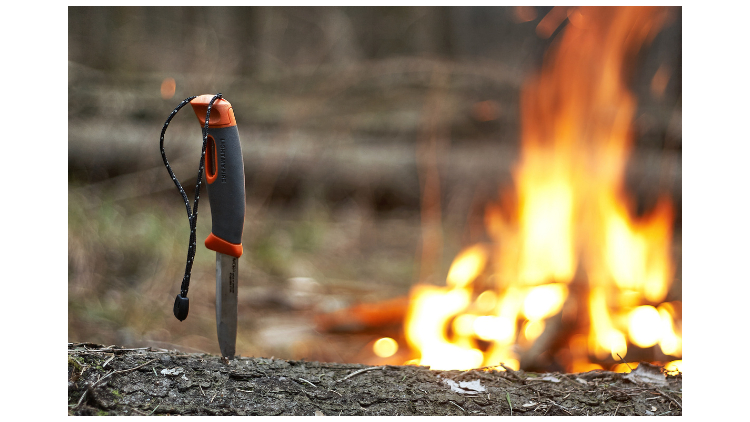
The way you store your knife also plays a significant role in its upkeep.
Here are some tips for proper knife storage:
Use knife rolls, sheaths, or display cases to protect the blade from scratches and other damage.
Avoid storing knives in a cluttered drawer where they can become dull or damaged.
Find a dedicated space that’s free from extreme temperatures and moisture to ensure your knife remains in top condition.
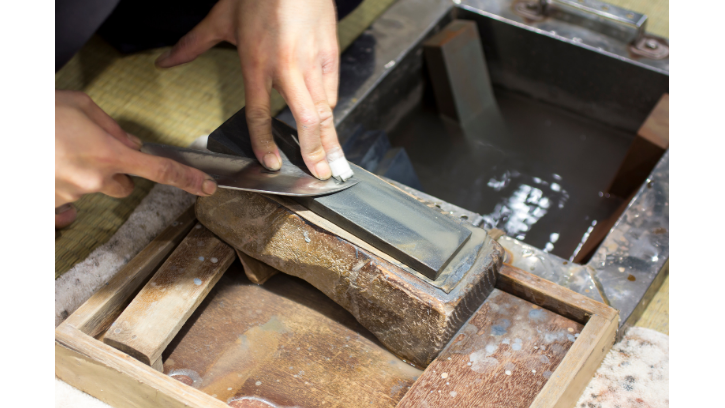
Sharpening Techniques
A sharp knife is a safe knife, and maintaining the edge is a critical skill for any camper. When your blade begins to dull, it’s time to sharpen it, reducing the force needed to cut and minimizing the risk of accidents. High-quality sharpening tools, such as whetstones or precision systems, should be used to refine the edge, and it’s best to avoid inexpensive pull-through sharpeners that can damage the blade.
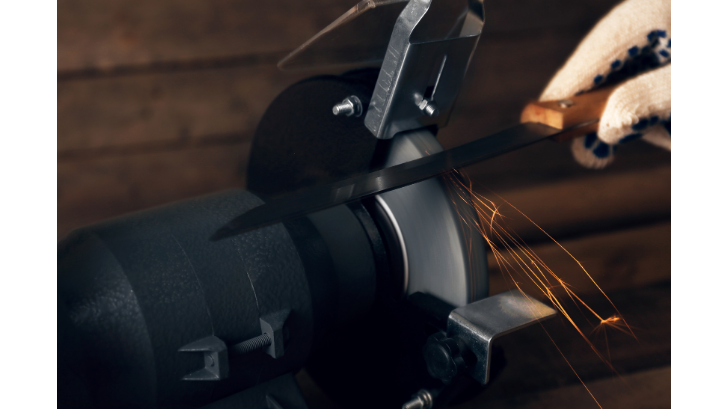
The process of sharpening requires consistency, especially when it comes to the angle. Most camping knives are best maintained at a 20-degree angle, ensuring an even edge. Using uniform strokes from the base to the tip of the blade and concluding with a honing rod will keep your knife’s edge in optimum condition. Choosing the right grit of whetstone is also important—coarse stones for very blunt edges and finer stones for regular upkeep.
Blade Protection
Protecting your knife’s blade from rust and corrosion is a crucial part of maintenance. After cleaning, make sure your knife is thoroughly dried before storage. Applying protective oils like Break-Free CLP can create an effective barrier against moisture, helping to prevent rust. It’s also imperative to never store your knife while it’s still wet; doing so can lead to moisture buildup and potential rusting.
For ongoing maintenance, here are some products and tips to keep your knife in tip-top shape:
Use a knife shield to clean off tough residues and leave behind a rust barrier.
Use a leather strop with a fine-grit compound to maintain the sharp edge of your knife without removing too much blade steel.
Always store your knife in its sheath when not in use to ensure safety and protect the blade from the elements.
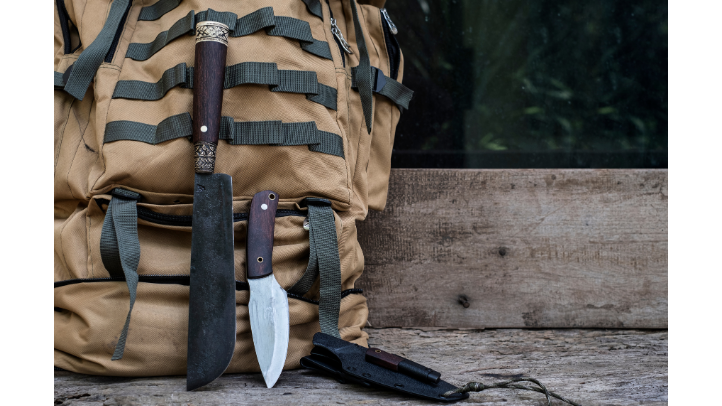
Legal Considerations and Safety Tips
While camping knives are invaluable tools for the outdoor enthusiast, they are not without their legal and safety considerations. Knife laws vary widely across different regions, making it a big deal to stay informed and compliant. Moreover, proper knife handling techniques are imperative to ensure safe and efficient use.
We will now traverse the legal terrain and underline key safety practices to ensure the wellbeing of both yourself and those around you.
Knife Laws and Regulations
The terrain of knife laws is as varied as the landscapes we explore. Urban areas tend to have more restrictive laws on knife ownership and carry, reflecting concern over weapons in densely populated areas. Conversely, rural regions where knives are more commonly used for practical purposes, such as farming or hunting, tend to have more lenient regulations. It’s important to recognize that what is considered a survival knife in one region could be classified as a tactical knife in another and thus be subject to different laws.
Before you pack your camping knives or pocket knives for an adventure, it’s essential to research the specific regulations of your destination. This is especially true in U.S. National Parks, where the legality of carrying certain types of knives can vary. It’s not just about having a trusty fixed-blade knife or folding knife at your side; it’s about ensuring that your blade won’t cause you legal headaches. Staying informed and compliant with local knife laws is as crucial as choosing the right knife for your outdoor excursions.
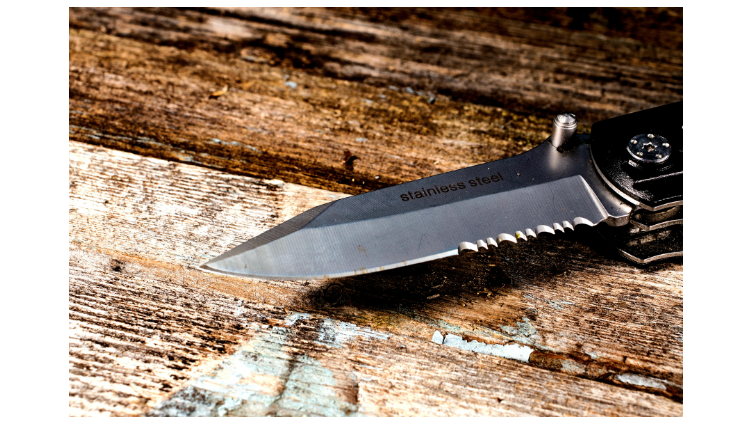
Safe Knife Handling Practices
Beyond legality, safety is paramount when it comes to knife handling.
Here are some tips for safe knife use:
Choose the appropriate knife size and style for the task at hand.
Use a secure grip and proper cutting techniques, such as the hammer grip or scissor cut.
Establish a ‘blood bubble’, a safety zone around the user, to ensure that no one enters a risky proximity.
Avoid cutting towards the body to minimize the potential for severe injuries.
Knife safety also encompasses the way you deploy and store your knife. Here are some best practices to follow:
Always use a suitable cutting base
Remove the knife from its sheath safely, preferably by moving the object being cut rather than the knife itself for better control
Use common sense in knife handling, such as not using excessive force or cutting towards oneself
Have a first-aid kit on hand for any accidents
By following these best practices, you can enjoy the many benefits of your camping knife while minimizing the risks.
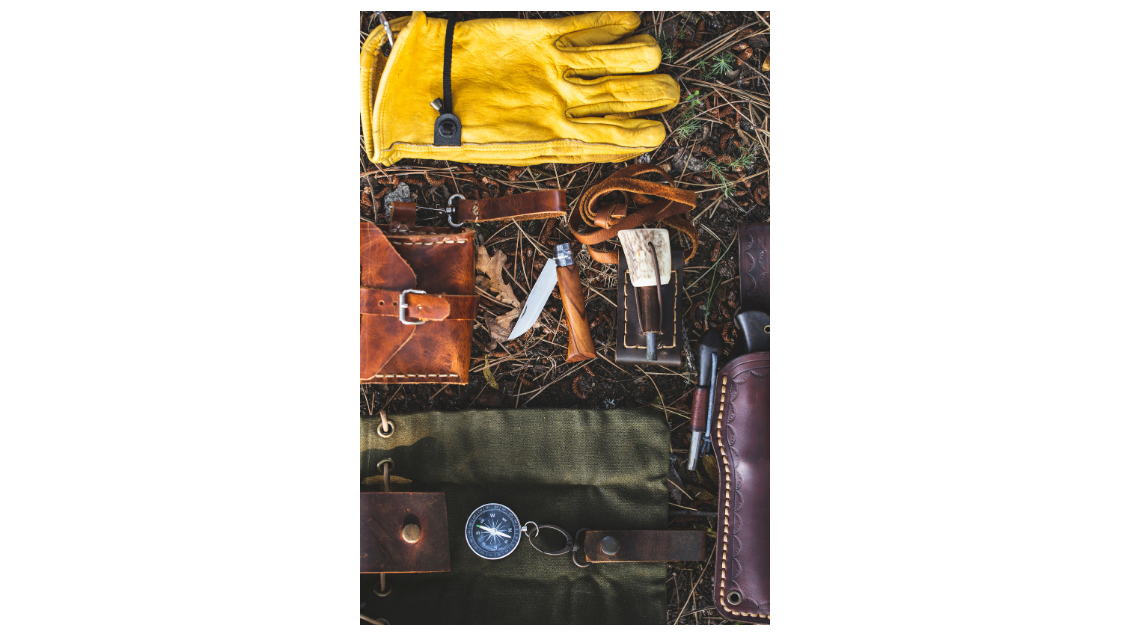
Summary
As we sheath our exploration of the best camping knives of 2024, it’s clear that whether you’re after a rugged survival knife like the ESEE-5, a versatile folding knife such as the Spyderco Paramilitary 2, a bushcraft expert like the TOPS B.O.B. Fieldcraft Knife, or a budget-friendly option in the form of the Cold Steel SRK, the market has a blade to suit every outdoor need. Factors such as blade design, handle comfort, and additional features are pivotal in determining which knife will be your trusted companion in the wilderness.
Caring for your knife through proper cleaning, sharpening, and storage will ensure its longevity and reliability. Meanwhile, staying informed about knife laws and regulations, coupled with safe knife handling practices, is crucial for a hassle-free outdoor experience. As we part ways, let the sharp edge of knowledge guide you to the perfect camping knife—one that will stand by you as you conquer the great outdoors, one adventure at a time.
Frequently Asked Questions
Do you need a pocket knife for camping?
Yes, a pocket knife is an essential tool for camping, useful for various tasks like cutting ropes, setting up a tent, and preparing food.
Why bring a knife camping?
Bringing a knife camping is essential for repairing clothing or tents, as well as for various other practical uses. A camping knife set is a must-have tool for a camping trip.
Can I legally carry a camping knife in a National Park?
Yes, the legality of carrying a camping knife in a National Park depends on the specific regulations of the park you plan to visit, as knife laws can vary. Always research the regulations beforehand to ensure compliance.
How often should I sharpen my camping knife?
You should sharpen your camping knife as often as needed based on your usage. Regular maintenance sharpening is recommended, but a coarse whetstone may be needed for re-sharpening if the blade becomes very dull.
Are folding knives as reliable as fixed-blade knives for camping?
Yes, folding knives can be just as reliable as fixed-blade knives if they are made with high-quality materials and craftsmanship, offering the advantage of being more compact and portable.
